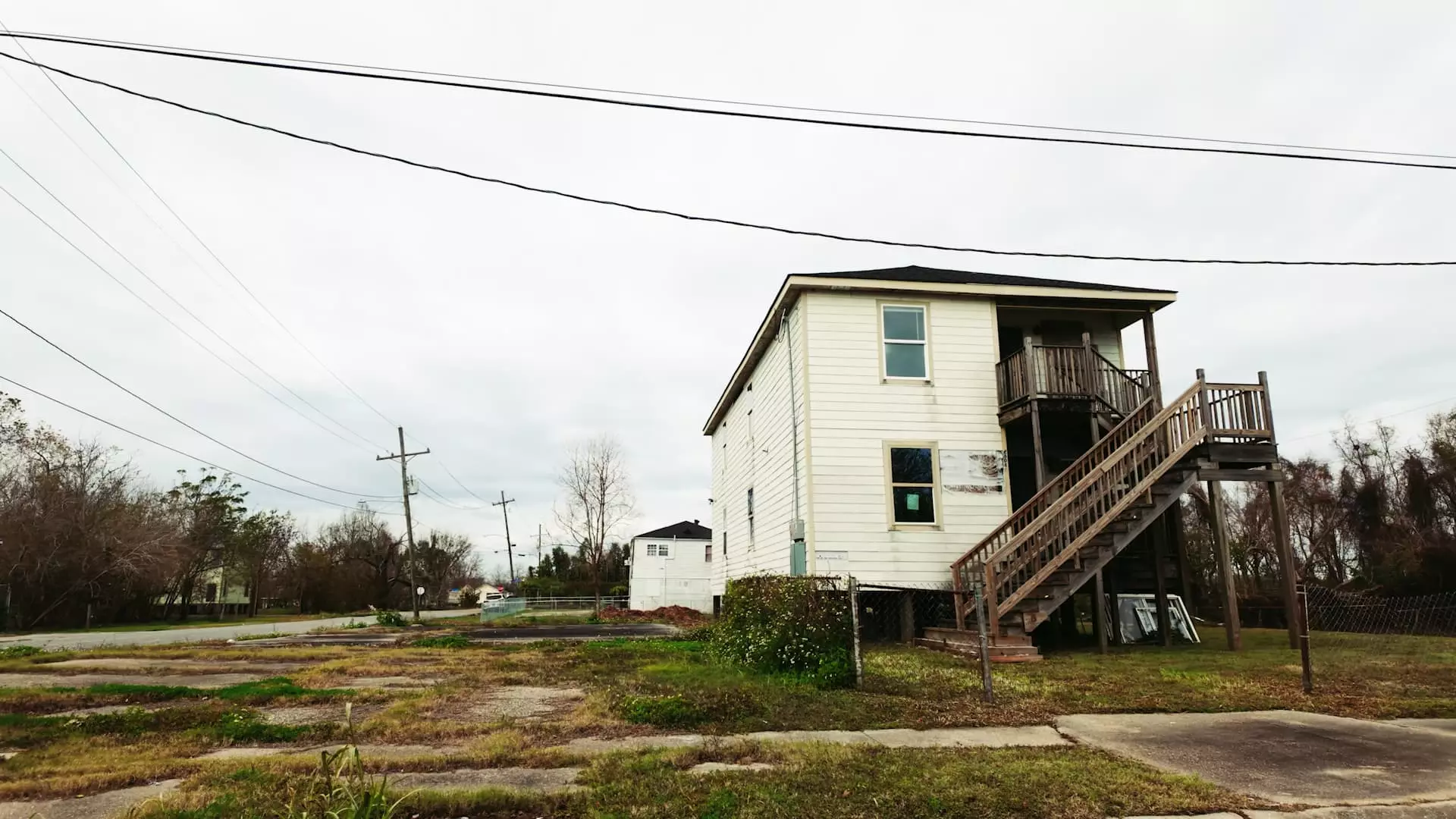In August 2005, Hurricane Katrina unleashed a catastrophic wave of destruction upon New Orleans, impacting the lives of millions and reshaping the very geography of the city. More than 1,800 lives were tragically lost, and the urban landscape was forever altered, with estimates suggesting a staggering $201.3 billion in damages when adjusted for inflation. The aftermath of the storm revealed the fragility of infrastructure and the deep social inequalities that existed in the city. Nearly one-quarter of the housing stock became abandoned in the wake of the disaster, leaving neighborhoods desolate and prompting questions about the future of the city’s residential landscape.
Despite the overwhelming destruction, the spirit of New Orleans remains unyielding. While many residents have gradually returned, the statistics tell a complicated story. In the Lower Ninth Ward, one of the hardest-hit areas, only one-third of its former residents have returned, according to data from the Census Bureau, as analyzed by The Data Center. The challenges faced by returning families are exacerbated by skyrocketing property values, with areas situated on higher ground experiencing significant increases. Calvin Alexander, a long-time resident of the Lower Ninth Ward, recounts his own experience with rising property assessments, which have surged by an astonishing 266% since Katrina.
While some neighborhoods are flourishing, the overall city landscape remains complicated, with uneven recovery. In the aftermath of the storm, the federal and state governments designated over $9 billion for the “Road Home Program,” which aimed to support homeowners in rebuilding or relocating. However, the program’s implementation has drawn criticism, particularly for its convoluted processes and less favorable outcomes for low-income residents. According to Laura Paul, the executive director of lowernine.org, the program’s reliance on pre-storm property values instead of actual rebuilding costs disproportionately disadvantaged those with fewer resources, leaving many families struggling to recover.
As New Orleans continues to grapple with the storm’s long-lasting effects, economic indicators remain concerning. The city has reported lower median household incomes and higher poverty rates relative to the national averages, intensifying the struggles for its citizens. The disparity in recovery also plays out in housing availability, insurance affordability, and overall economic viability, which collectively hinder the city’s residents from fully realizing a post-Katrina renaissance.
Insurance premiums have become another pressing issue as rising costs render adequate coverage increasingly unaffordable for many residents. This problem is particularly acute in disaster-prone areas, a concern echoed by the Treasury Department’s warnings about spiking premiums in various states, including Louisiana. This trend threatens the fragile recovery and adds to the worries of property owners who are keenly aware of the financial risks posed by future storms.
Meanwhile, the state of Louisiana, alongside federal partners, has invested approximately $15 billion in rebuilding essential infrastructure, including levees, drainage canals, and water pumping stations. Although these improvements aim to safeguard residents from future hurricanes, some engineering efforts have inadvertently contributed to land subsidence, raising further questions about sustainability and long-term community safety.
As New Orleans stands at this crossroads of recovery, officials maintain optimism regarding the impact of infrastructural investments. Glenn Ledet, executive director of the Coastal Protection and Restoration Authority, asserts that for every dollar spent on hurricane protection systems, there is an estimated $7 return in benefits. This understanding fosters a proactive approach as the state plans to elevate 4,000 homes over the coming years and allocate an anticipated $50 billion to maintain effective hurricane and storm damage risk reduction systems over the next five decades.
The story of New Orleans is one of resilience, marked by recovery and renewal. The complex interplay of socioeconomic factors, housing challenges, and infrastructure investments highlights the depth of the city’s struggle post-Katrina. However, the determination of its residents and the commitment of state initiatives convey a narrative of hope—a testament to the city’s enduring spirit in the face of adversity.


Leave a Reply